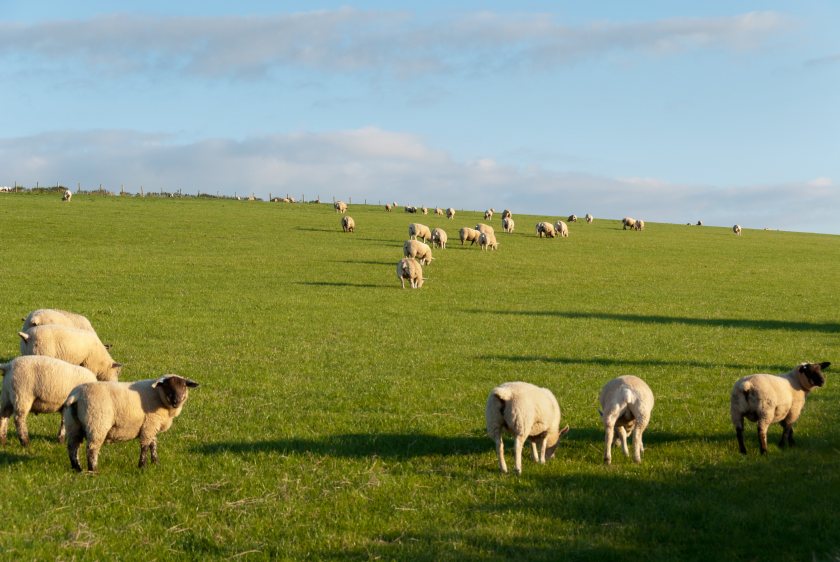
Farmers are being urged to be on high alert for haemonchosis, also known as Barber’s pole worm, after recent weather conditions may have favoured its survival and spread.
The Animal and Plant Health Agency (APHA) is warning farmers to be on the lookout for signs of the disease, especially after an unusually mild winter and recent warm weather.
Although relatively rare in the UK, outbreaks of this parasitic disease can have devastating effects on sheep flocks.
Adult Haemonchus contortus worms – or even those nearing maturity – are capable of extracting significant amounts of blood from infected sheep.
Alarmingly, just 500 worms can cause clinical illness, with each female worm capable of laying 5,000 to 15,000 eggs daily.
This is in stark contrast to the 400 eggs typically laid by the more common Teladorsagia species.
The parasite’s rapid life cycle – as short as 20 days – adds to the risk of swift outbreaks, particularly in lambs, who possess little to no immunity. Even adult sheep may succumb if exposed to large parasite burdens.
Experts are APHA are advising sheep producers to look out for symptoms that may mimic other diseases such as liver fluke
Affected animals may appear weak and are likely to collapse when gathered. They may exhibit ill thrift without diarrhoea, although slight constipation can sometimes be observed.
Anaemia is another common symptom, typically visible through pale mucous membranes.
Infected sheep may also display quick, shallow breathing and an increased heart rate. In some cases, the condition can lead to sudden death.
High faecal egg counts (FECs) may suggest infection but are not definitive, as haemonchus eggs closely resemble those of other worm species under a microscope.
For accurate diagnosis, the agency recommends fluorescence testing using peanut agglutinin or confirmation via post-mortem.
Discounted fluorescence testing is currently available through APHA and can be arranged via a vet.
Farmers are encouraged to consult their vet or registered animal medicines adviser for guidance on treatment options and to arrange any necessary follow-up testing to confirm efficacy.
While primarily affecting sheep and goats, haemonchus can also infect cattle, and wildlife such as red deer may act as reservoirs.
Farmers have been told to consider these potential sources when investigating outbreaks.
